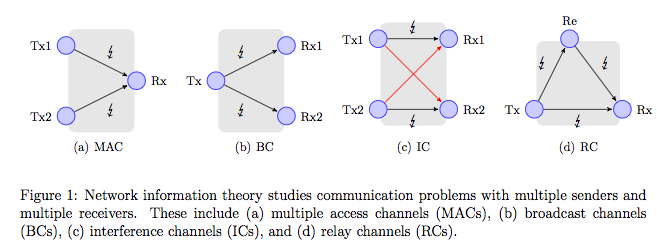I just had a conversation with a friend which made me rethink the ordering of the chapters in the book. He asked “Why would someone want to learn Calculus if it weren’t for the physics? Why would you care? It is so much better to learn Calculus with examples from Physics.”
So basically, what the current educational system is trying to do is teach the same material several times, so that people can hopefully get it at a deeper level. In high school you are supposed to learn about Mechanics without calculus, then you learn Calculus in first year University and then you re-learn Mechanics as first year class with derivatives and integrals and shit.
Apparently, the educational system is inspired by ideas-men like
Jean Piaget who thought that:
the intellectual development [is] an upward expanding spiral in which children must constantly reconstruct the ideas formed at earlier levels with new, higher order concepts acquired at the next level.
I wish I could have a talk with this Piaget guy. Trap him. In the jungle or some other far removed place and play educational videos to him, while giving him some exotic mind altering drugs. I would get him so high that his brain would “constantly reconstruct the ideas formed at earlier levels” and see how that feels. “Yeah so actually the electrons don’t really orbit around atoms like planets go around the sun. And Jean, have some more of that tea with the branches floating in it.”
I think Jerome Bruner who’s work:
suggest[ed] that a learner (even of a very young age) is capable of learning any material so long as the instruction is organized appropriately,
is much closer to the truth.
My book if for people who don’t want to be babied at each step by repetitive, monotonous and diluted textbooks. Minireference gets straight to the point, and when I teach you something it is not an analogy, but the full truth.
The problem remains though as to the linearization of the material. In which order do you introduce the subjects? Thanks to my friend’s insight, I think I have figured it out.
-
High school math (keep current ordering)
- Kinematics: use functions like
function x (t) { 0.5*a*t*t + v_o*t + x_o }
without knowledge of derivatives.
But where do these equations come from???
-
Define the basic ideas of calculus and use them to explain relationships between x, v, a. Show how to do basic diffs and integrals (poly up to quadratic function, one over arr and one over arr squared)
-
Reset of Mechanics. Dynamics (force diagrams and sum of forces, Newton’s laws, work, energy, momentum, circular motion, etc.)
-
Differential Calculus with all its full and boring details.
Optimization etc… try to make it sound interesting.
-
Integral Calculus with all its full and boring details.
Connect with Physics concepts and give full derivations of
physical laws.
-
Sequences and Series.
Applications to computational stuff.
Review Differentiation and Integration with series representation of functions.
-
Electricity and magnetism.
-
Linear algebra.
Review vectors and show matrices.
Theoretical stuff.
Proofs.
I am not sure any more if the above makes sense. Sure Calculus will be much more interesting if you know Physics, but teaching a preview-to-calculus chapter sounds like a Piaget kind of thing to do.
The current intro to Calculus is based on file downloads. File size = f(t) and
the download speed is f'(t). I kind of like that since it makes Calculus able to stand on its own.
Physics IS kind of delayed in the book though. Delayed because Diff. Cal. is a full 20 pages, integration is another 40 pages and then SeqSeries for 10 pages. Not to mention that I have to introduce Vectors too, or else the whole Force diagrams and 2D motion is going to be tough.
So to answer the question “how early can Mechanics come in the book” I must say I am undecided. Should we split Calculus into parts?
High school math:
Physics: Basic tools, Kinematics, Projectile motion
Easy calculus: Differential calculus (explain where x,v,a rel’ns come from,
fundamental THM, simple integrals.
Vectors:
Mechanics:
Useful calculus: Optimization. Related rates. Polar coordinates. Center of mass. Complex numbers. Sequences and series.
Periodic motion: circular motion, angular motion, sin and cos review, angle = phase, sound and waves.
Bonus topics: Fourier series, filters (too advanced?)
Boring calculus: Differential equations. Integration techniques (for E&M).
Electricity and Magnetism:
Linear algebra:
Next book will start from: Advanced calculus: multivariate calculus, and vector calculus.
Overall, there will be some physics in the math chapters and some Math in the physics chapters.
Math and physics = Yin and Yang.

